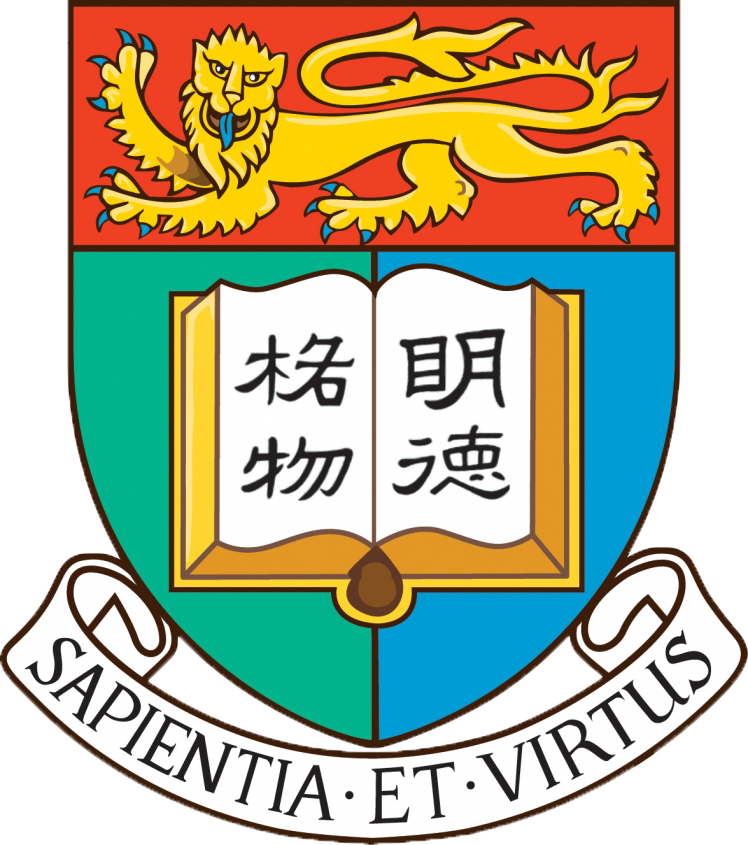In this interview with HKU science editor, Dr Pavel Toropov, Professor Meng explains why AI is now indispensable in quantum physics research – by allowing us to circumvent the need for enormous computational complexity, AI can help to make breakthroughs and in the process help us to understand better of mother nature and ourselves. This leads to discoveries of quantum materials whose properties, such as superconductivity and entanglement, can change the world. The technology may be cutting edge, but the principles involved, says Prof Meng, go back to ancient greek maxim - know thyself, and the whole thing is similar to playing mahjong. Click here for the interview.
 |
 |
|---|

















